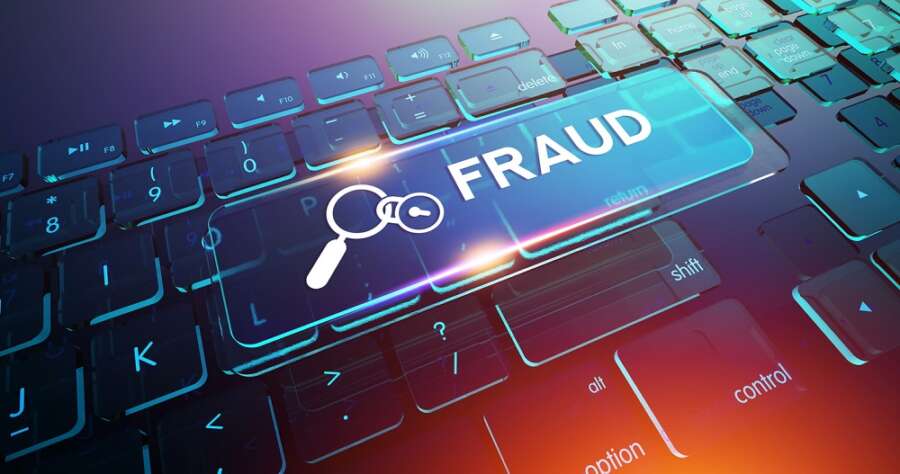
How Chargeback Remediation Protects Consumers’ Rights and Safeguards the Industry

By Monica Eaton, Founder of Chargebacks911
The ease and expediency of online shopping have contributed to its steady growth year over year. One-third of the world’s population currently engages in eCommerce,1 and the most common online payment method continues to be credit cards.2 When consumers are dissatisfied with products or services they’ve purchased, they tend to expect a resolution that is likewise easy and expedient with no pushback. By facilitating the chargeback process, banks are enabling the new convenience culture by allowing consumers to get quick refunds without affording merchants the opportunity to resolve customer disputes. The right to file a chargeback protects consumers, but when the process is abused, all stakeholders — the consumer, bank, and merchant — ultimately pay a price.
The government steps in to protect consumers.
The first consumer credit card was introduced in 1958, BankAmericard, which became Visa in 1976.3 The major players in the credit card industry, Visa, Mastercard, American Express, and Discover, generated over $8 trillion in purchases in 2021.4 Total credit, debit, and prepaid purchases are predicted to reach $12.9 trillion in 2025.5 The number of credit card holders in the U.S. is at an all-time high; 83% of Americans have at least one credit card, and the average person has three.6
While only 51% of households had a credit card in 1970,7 the federal government introduced the Fair Credit Billing Act (FCBA) in 1974 to protect the growing number of credit card holders in the U.S. from unfair credit billing practices.8 One critical protection in the FCBA was a consumer’s right to dispute a charge with their card issuer in order to receive a refund, known as a chargeback, for credit card disputes, such as unauthorized charges, billing errors, charges for goods or services that weren’t delivered or were not as described, or fraudulent activity.
The rise of credit card fraud.
With credit card fraud escalating year over year, consumers are always on high alert. Research conducted over the last few years paints a grim picture regarding the current and future financial impact of fraud on consumers, banks, and merchants. Credit card fraud is the most common type of fraud in the United States, with card-not-present fraud accounting for $5.72 billion in losses in 2022. The U.S. is expected to incur $165.1 billion in losses due to credit card fraud over the next ten years.9 Security.org released its 2023 Credit Card Fraud Report, and the results suggest that current efforts in the U.S. to mitigate fraud are not producing the desired results. In 2022, the number of credit card holders who have been victims of fraud rose to 65%, and 44% reported they have been victimized two or more times.10 According to the Federal Trade Commission (FTC), fraud cost consumers $8.8 billion in 2022, up 44% from 2021.11 For online merchants, the total cost of fraud in 2023 is predicted to reach $206.8 billion.12
How can fraud be friendly?
Most people associate credit card fraud with identity theft and stolen account numbers, known as third-party fraud. However, first-party or “friendly fraud” accounts for up to 75% of all chargebacks.13 Often, without realizing it, consumers frequently commit friendly fraud. For instance, someone may not recognize a legitimate purchase they made and assume it is a case of identity theft; they may forget they ordered a product or service, or don’t recognize the name of the vendor, so they call their financial institution to report their valid purchase as a case of fraud to seek restitution. And as convenient as online shopping is, consumers dread the prospect of having to comply with a retailer’s strict return policies, exceptions, and possible refusal, so they go directly to their bank for a refund.
Banks have made it so easy for their customers to file chargebacks and receive instant refunds that many consumers see the option as no different from going through the merchant, except it’s a lot quicker. Then there are those who take advantage of the relative ease and lack of scrutiny endemic to the chargeback process to commit what amounts to online shoplifting. A 2022 Sift survey discovered that 23% of consumers knowingly disputed purchases, reporting them as fraud, even though they received and were satisfied with their purchase.14
Friendly fraud is a zero-sum game.
Friendly fraud affects everyone involved, but merchants suffer the greatest financial losses. Merchant Fraud Journal anticipates that chargebacks will cost merchants $100 billion in 2023.14 Every $1 of fraud in dispute expenses merchants $3.75 to resolve,15 and they incur compounded losses resulting from lost sales, unreturned merchandise, chargeback fees, and lost customers.
Banks often have no choice but to issue a chargeback to appease their customers and regulators, but in the end, card issuers incur billions of dollars in losses from penalties, compliance fines, and writing off transaction disputes that cost too much to pursue a reimbursable chargeback.
And for consumers, the hidden cost of excessive chargebacks manifests in the higher cost of goods and services and more restrictive policies to prevent merchants from experiencing additional losses. And if a customer files too many chargebacks, they may lose their banking privileges with their card issuer.
Consumer confidence sustains the economy’s growth, and a lack of recourse to fight back against fraud would undermine that confidence. In cases of outright fraud, banks have a responsibility to protect their customers’ and their own interests. However, when consumers view requesting a chargeback as their first course of action, it feeds a vicious cycle. One report found that 80% of chargebacks could be prevented if consumers simply contacted the merchant first.16
Unlocking the echo chamber.
Chargeback management and remediation can help to disrupt the cycle by providing merchants and financial institutions with workflow automation tools that enable the seamless exchange of chargeback-related data, reducing the time and resources required to interpret and proactively respond to chargebacks.
Merchants also have an opportunity to prevent chargebacks before they happen. Developing customer-first strategies that focus on transparency ensures that customers feel comfortable going to the retailer first to resolve any issues they may have. If return policies are clearly explained, and customer service is easily accessible and empathetic to the customer’s needs, merchants can avoid costly disputes and encourage customer loyalty.
Chargebacks have evolved into a quick-fix solution. However, when merchants and banks simply write off illegitimate claims, valuable feedback is lost, and further entrenches counterproductive behavior. Allowing invalid chargebacks, like first-party fraud, to go unaddressed is not only unfair to merchants and banks who suffer the financial burden. It also deprives consumers and their banks of critical feedback that can help inform better decisions, reduce unnecessary declines, and prevent future disputes. Proactive chargeback remediation is essential to combat the rise of first-party fraud and its economic repercussions.


